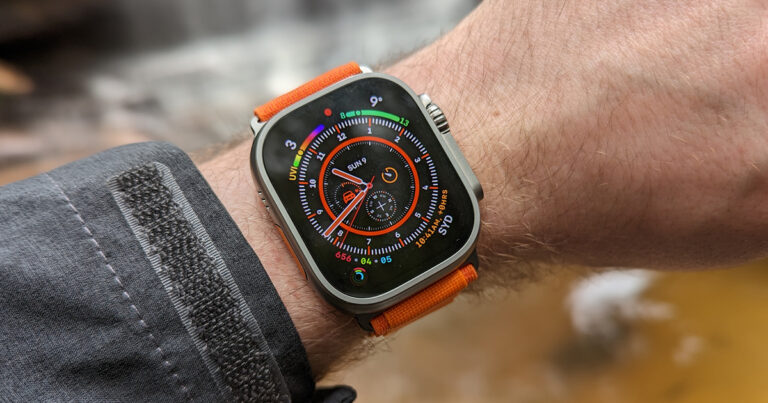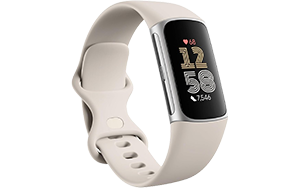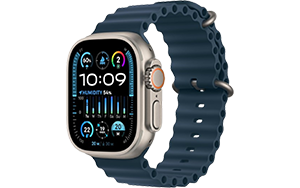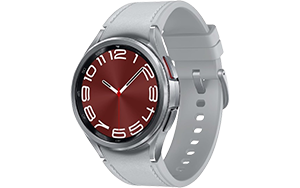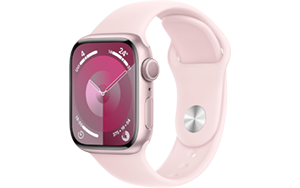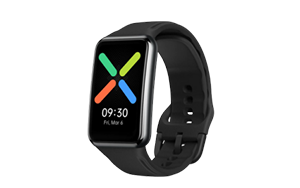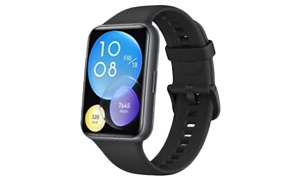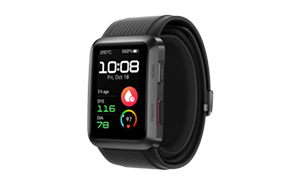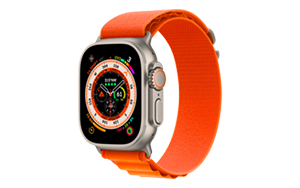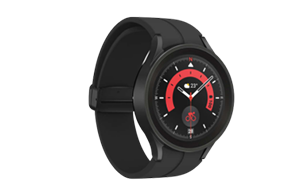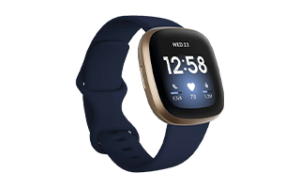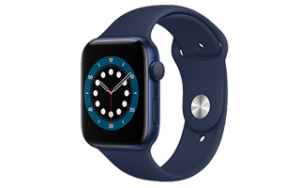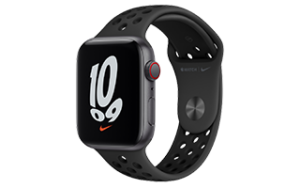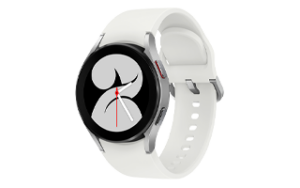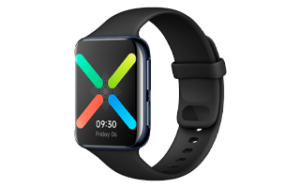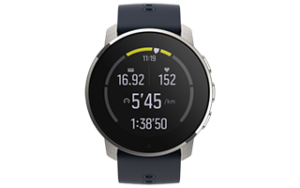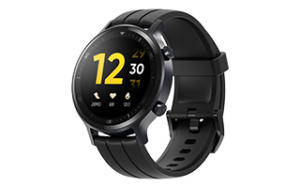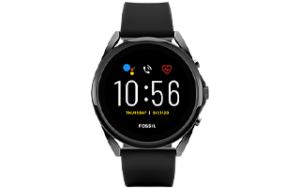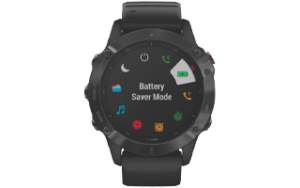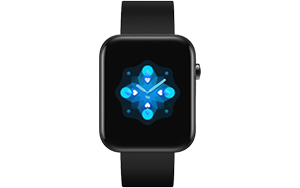I'm a big fan of the Watch Ultra, but not for the reasons I expected.
Apple Watch Ultra review: A surprise favourite
I didn't think the Apple Watch Ultra was for me, but it's become my favourite Apple Watch.
The Apple Watch legitimately changed my life. For better and worse, it's made me a gym junkie who religiously closes his rings every day. I was obviously intrigued by the Ultra - it's the biggest update the wearable has ever had - I just didn't think I needed its extra capabilities.
I love hiking, but I'm not doing multi-day expeditions. I ran City2Surf once, but I'd rather jump on a treadmill for half an hour than jog in the elements. The ocean terrifies me, so I have no need for a dive computer.
The standard Apple Watches fitness features have always been enough for me. I figured the Apple Watch Ultra is for those that take exercise far more seriously than my humble attempts to offset a bacchanalian lifestyle.
As such, I was surprised by how much I've liked it - and the reasons. It turns out a bigger screen, a longer battery, and another button are enough to elevate the Apple Watch experience, regardless of whether you're trying to scale Everest.
Apple Watch Ultra features
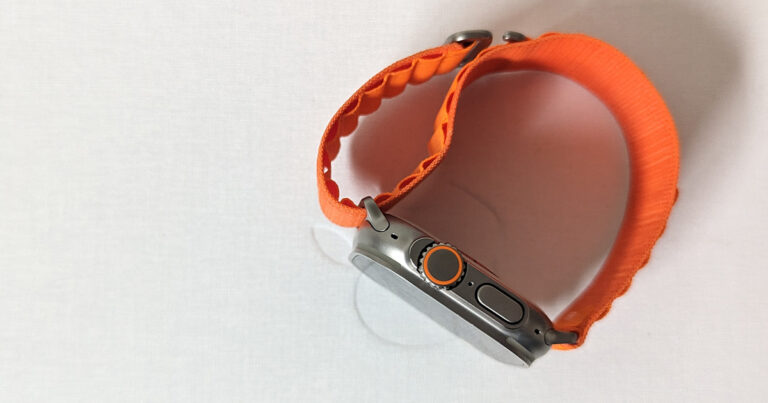
The Apple Watch Ultra represents a major departure from every Apple Watch to date. Sure, we've seen Apple slowly add new features over the wearable's lifespan, but not quite like this. So to start, we're going to do a lightning round going over what's new:
- The Apple Watch Ultra has a flat face rather than the pillowy screen we've seen on previous models
- The screen itself is larger and brighter, measuring 49mm and able to hit 2,000 nits. 45mm was previously the largest Apple Watch, where screen brightness maxed out at 1,000 nits
- Unsurprisingly, this means the Apple Watch Ultra itself is bigger and thicker. The digital crown and side button are now housed in an enclosure that juts out to the side
- There's a new "action button" on the other side of the device, which can be used as a shortcut for specific activities, like opening the workout app
- The battery is much longer
- You get dual-frequency GPS for more accurate runs
- The Watch Ultra has Apple's best water resistance yet, and is the first Apple Watch suitable for diving
- There's a really loud siren for if you get lost when hiking, thanks to 40% louder speakers
- While Apple has previously offered titanium Apple Watches before, the Watch Ultra is the first time there's also been a MIL-STD 810H rating for durability
Of course, the Ultra is still an Apple Watch, so you get all the functionality you'll find in any other Apple Watch. This includes stalwart features like Apple Pay support, cellular connectivity, a blood oxygen sensor, and an electrical heart sensor for ECG apps. But it also encompasses new functionality like Crash Detection and cycle tracking via the temperature sensor (my colleague Anula will be doing a deep dive into this later in the year, as I don't have the correct body parts).
My favourite features are the more pragmatic additions, and I'll get to those, but I'm first going to cover the three key use cases Apple pitches: hiking, running, and diving.
Hiking with the Apple Watch Ultra
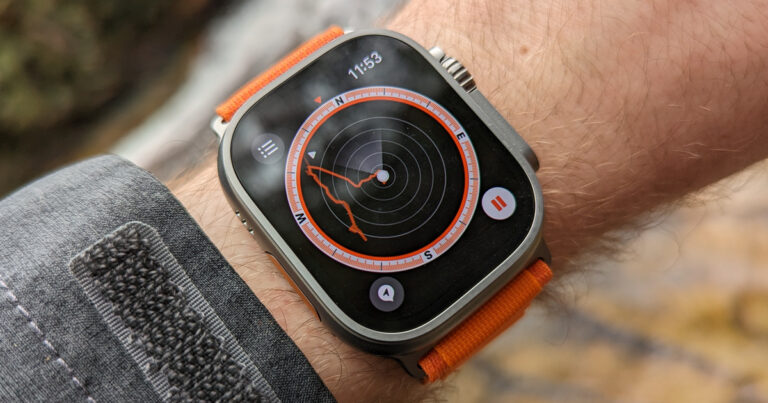
The Apple Watch Ultra has a number of features that seem explicitly designed for hiking. Dual-frequency GPS, a redesigned compass app with waypoints and backtrack, and an emergency siren.
Dual-frequency GPS is more so pitched for runners in built-up environments, but it can also trace your hikes more accurately if you're adventuring in areas with heavy foliage or rock cover.
This ties into the new compass app. While not exclusive to the Ultra, the app now lets you set waypoints for say your car or your campsite, as well as help you retrace your trail with a feature called backtrack. You can start backtrack manually, but it will also kick in if you lose mobile and WiFi connectivity. The execution is pretty simple - you get a series of lines that show your route - but it's still helpful enough if you can't quite remember which path you came down. I'll be using it on all my hikes going forward, and just wish you had the option to start it automatically alongside a hiking workout.
At the same time, backtrack feels like a half-measure. It would be great to see Apple incorporate offline maps into the Watch Ultra in the same way that brands like Garmin have. An orange route line is helpful, but having a proper map view would be even better.
Lastly, there's the emergency siren, clearly designed in the event that you get lost. When you activate it, it starts soft, but steadily gets louder. And it gets pretty damn loud. It's one of those features you'd hope you don't have to use, but is nonetheless nice to have.
Running with the Apple Watch Ultra
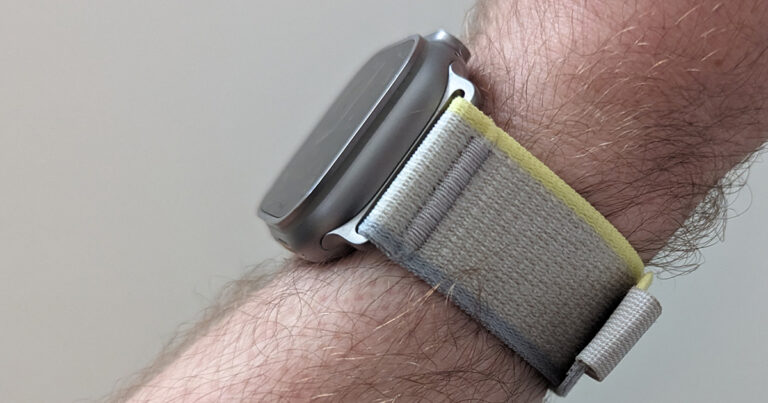
The Watch Ultra's dual-frequency GPS is predominantly designed to more accurate to help runners more accurately track their exercise in urban environments. To test this, I strapped the Ultra to one hand and the Series 8 to the other and took went for a jaunt through North Sydney. North Sydney may not be as built up as the CBD, but is full of construction sites with makeshift underpasses.
Here's how the pair compared. The Watch Ultra is on the left and the Series 8 is on the right.
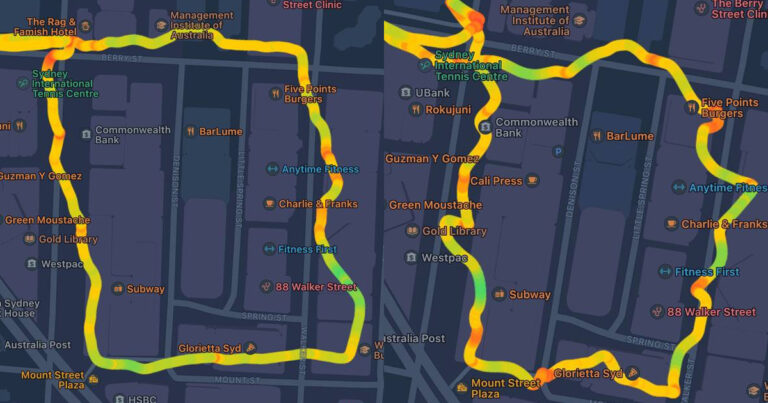
While the Ultra's map isn't perfect, it's a big improvement over the Series 8, which went all over the place in some parts.
The other big improvements on the running front come from the action button and watchOS 9. When running, you use the action button to mark segments, rather than relying on double tapping the screen. Meanwhile, watchOS 9 has a host of functionality that enhances the metrics you get when running. You now get heart rate zones, stride length, ground contact time, vertical oscillation, and running power. There's also a new multisport workout mode for triathlons that automatically detects when you move between swimming, cycling, and running.
Diving with the Apple Watch Ultra
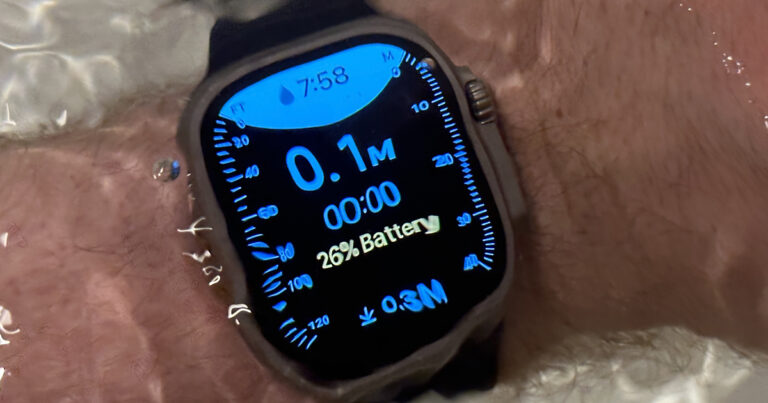
I'll be upfront, I haven't tested the Watch Ultra's aquatic functionality extensively because I'm not great in open water. I refuse to go under at the beach cause I'm not a great swimmer and quite frankly, a little scared. I've been snorkelling once and quickly retreated back to the boat to drink wine instead.
I did however try my best to test the new Depth app in the bath. While that obviously limits how far I could submerge my Watch Ultra, the Depth app still gave me data like my arm's depth. When you're using it properly, you'll also get readings like temperature and how long you've spent underwater. The screen locks itself when you go under (so that water doesn't hit the device and take you out of the app), and you can even set the app to auto-start when you submerge.
Apple also plans to launch a full-featured dive computer app - Oceanic+ - in partnership with Huish Outdoors. In addition to metrics like depth, dive time, and temperature, the Oceanic+ app will also give you a compass, safety warnings, and the time you need to get to the surface. There'll be a free version of the app, but the full version will require a subscription.
Just note the Watch Ultra only works at depths up to 40m, while many dive computers can go 100m or further.
Apple Watch Ultra design
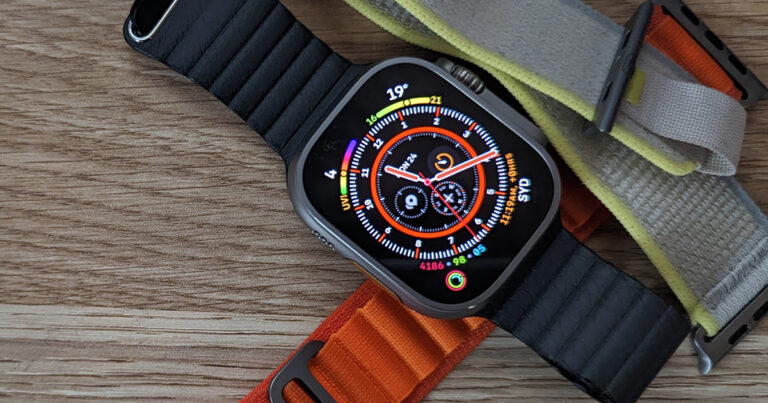
I've never been a fan of larger smartwatches, but the Watch Ultra manages to straddle the line of being the biggest Apple Watch without necessarily feeling too big. I've got medium-sized wrists, and it doesn't feel comical. And while the Ultra is the heaviest Apple Watch, the weight distribution helps balance it out. It feels lighter on my wrist than the 45mm stainless steel Series 8.
The larger body naturally means a larger display, and the larger, brighter display is a surprisingly practical improvement. It makes the Watch Ultra easier to read at a glance, no matter the environment. It also genuinely improves the typing experience, if you're the kind of person who likes replying to messages directly from your Watch.
In addition to being bigger, the Watch Ultra has a bit of a different vibe to Apple's other wearables. The protrusion covering the digital crown and side button gives it a bit of an industrial steampunk feel. There's also a customisable action button on the opposite side of the Watch. The action button can do the following so far:
- Open the workout app, or start a specific workout. When you're in a workout, pressing the action button again will log a segment. Pressing the action button and the side button at the same time will pause your workout
- Turn on the torch, lighting up your Watch's display
- Start a stopwatch
- Start backtrack
- Log a waypoint
- Open the Depth app
The action button is nice to have, but I've found there's a bit of a learning curve. Part of this comes from remembering it's there, as having used an Apple Watch since the first generation, I'm a little set in my ways. Nonetheless, it's great to have an extra non-touchscreen option to quickly do things on the Watch.
Despite the larger size, 44mm and 45mm Apple Watch bands still work with the Ultra. If you're upgrading from an older model, you won't lose your strap collection. Some can look a little thin with the larger body, however, and stainless steel lugs will naturally clash with the titanium body. I'd love to see Apple make some more formal band options to go with the Watch Ultra for those times you want to dress it up a little more.
The Apple Watch Ultra works for me, but it's definitely going to be too big for some. I've found the protrusion housing the digital crown can push into my hand when I'm doing push-ups, for example. It's not a serious issue for me, but it's a much bigger problem for my partner, who has smaller wrists. When she tried the Watch Ultra and bent her hand, she was inadvertently able to trigger the buttons on both sides of the Watch at once, pausing her strength workouts.
Apple Watch Ultra battery
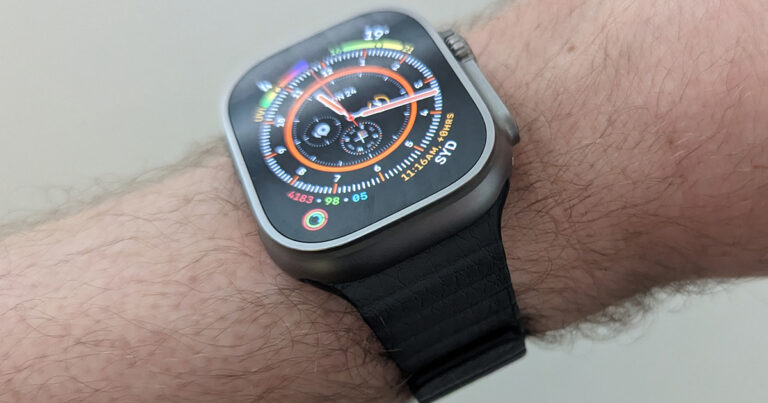
The Watch Ultra offers the first big improvement in battery life we've seen with the Apple Watch, moving beyond the 18 hours Apple has long claimed. Instead, Apple says the Watch Ultra can get 36 hours per charge, but from my experience, it's even better. I've been getting about 40 hours per charge with the always-on display switched on. This includes over two hours of exercise tracking in that period, and two nights of sleep tracking.
Battery life will naturally depend on how you're using your Apple Watch Ultra. If you're constantly on a cellular connection without your phone, that's going to be more demanding. In the same vein, going on a four-hour hike is going to drain more battery than a one-hour run. I've never felt short-changed by the Watch Ultra's battery, however, and it's even changed how I use my Apple Watch.
I'm now using the always-on display and I'm actively tracking my sleep. On other models, I've kept the always-on display off to get more of a buffer per charge and I didn't sleep track so I could just charge overnight.
There's also a software update coming later this year that Apple says will give you up to 60 hours of battery in low power mode, which factors in 15 hours of workout time and over 600 time checks. The Watch Ultra will check your heart rate and take fewer GPS readings in this mode, however, in addition to standard low power mode features like disabling the always-on display, reducing notifications, and limiting most connectivity.
Of course, this still pales to dedicated sports watches from manufacturers like Garmin where you can get over 42 hours of GPS workout tracking per charge or up to 16 days of standard wear. Apple can't compete on that front, but I haven't felt let down by the Watch Ultra. You might just want to pack a power brick if you're doing a multi-day hike.
Is the Apple Watch Ultra worth buying?
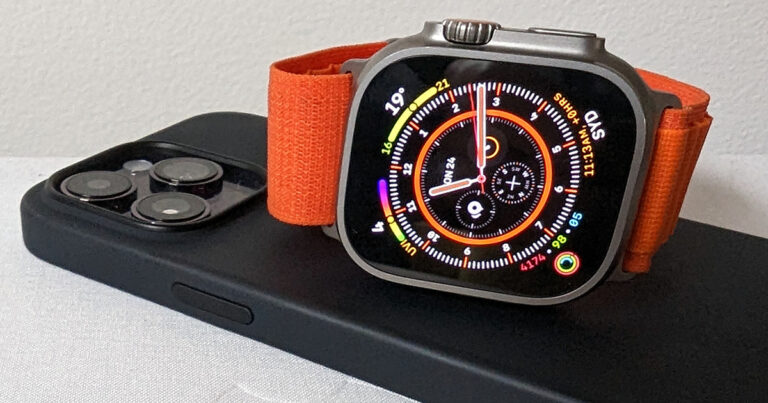
Retailing for $1,299, the Apple Watch Ultra will set you back twice as much as an entry-level Series 8 or more than three times as much as a second-generation SE. It's quite an investment.
At the same time, the Watch Ultra is only $200 more than the starting price for a stainless steel Series 8. Upgrading to a stainless steel model gets you a prettier watch, but it doesn't get you the enhanced functionality of the Ultra. If you were already thinking about a stainless steel Apple Watch, opting for the Ultra isn't that much of a stretch.
The stainless steel Watch is definitely the dressier option, but the Ultra is more pragmatic. Adventure credentials aside, it makes it easier to get more from your smartwatch.
The Watch Ultra gives Apple a device more in line with what the likes of Garmin, Polar, and Suunto are doing. Apple doesn't quite offer all the functionality more traditional sports watch manufacturers do, but makes up for it with its more sophisticated smarts. It's a happy medium between a smartwatch and a sports watch. For more demanding athletes, some of these compromises mean the Watch Ultra likely won't be enough. For others, it could represent the best of both worlds.
But even if you don't care about more sophisticated tracking or emergency sirens or submerging yourself in the ocean, a bigger screen and a better battery are the kind of features that are hard to argue with, no matter who you are. And that's exactly why the Ultra has become my go-to Apple Watch.
Disclosure: This author owns shares in Apple
Related Articles






